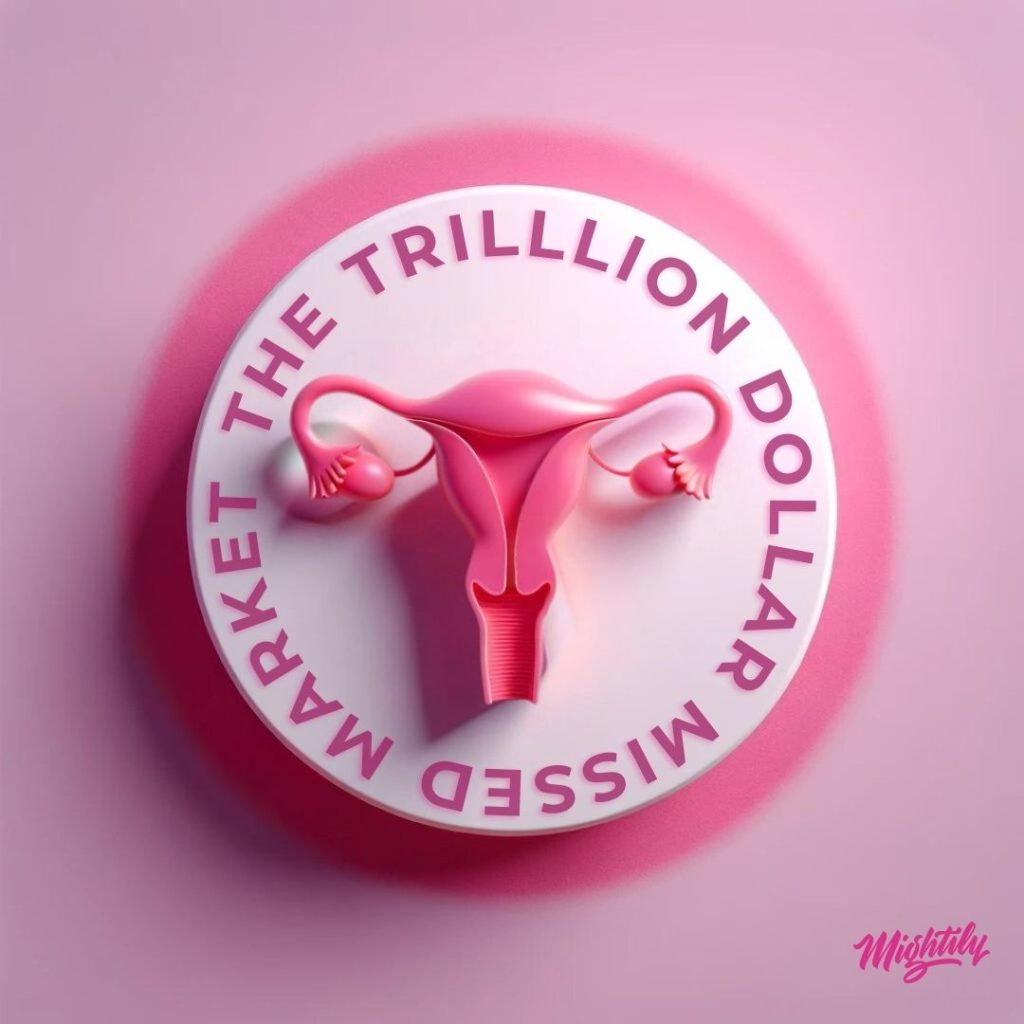As members of the marketing world, we wield a significant amount of influence. The messages we craft, the campaigns we design, and the narratives we promote have the power to shape public perception and drive societal change. One area where this influence is crucial yet often overlooked is women’s health.
Understanding the Current Landscape and the Gender Health Gap
The current landscape of women’s health in marketing is evolving, but there is still much work to be done. Women’s health has not received the attention it deserves in marketing, particularly in the US. According to the CDC, women in the US are more likely to report chronic health conditions such as autoimmune diseases (78% of women compared to 25% men), arthritis (24% of women compared to 18% of men), and depression (10% of women compared to 6% of men), yet these issues are rarely highlighted in mainstream marketing.
Furthermore, the US ranks 27th globally in terms of the gender health gap, according to the Global Health 50/50 report. This gap reflects disparities in access to healthcare, quality of care, and health outcomes between men and women. For example, women are 50% more likely than men to be misdiagnosed following a heart attack. These statistics underscore the urgent need for more focused efforts in the marketing realm to address and bridge this gap.
OnePoll’s extensive research provides additional insights into the state of women’s health. Their recent survey of over 5,000 women revealed that many do not feel entirely at ease discussing women’s health issues. While 45% of the women surveyed felt “very confident” discussing general health matters with their doctors, this figure decreased to 35% when addressing women’s health issues. This discomfort highlights the necessity for more supportive and open discussions about women’s health, both in healthcare settings and in public discourse.
The Role of Marketing Professionals
As marketing professionals, our role extends beyond promoting products or services. We have a duty to ensure that the content we create and the campaigns we launch are inclusive and representative of all our audiences. There is a huge opportunity for brands to step in and pick up where governments, health bodies, and healthcare providers are falling behind. Social listening reveals that women are trying to educate other women about female-specific health issues or those that have a particular female face, such as pregnancy loss, miscarriage, menopause, chronic pain, and mental health. Due to a lack of official information, these women are sharing thoughts, ideas, and experiences online. More brands could and should be in these spaces, supporting these communities.
Practical Steps We Can Take
- Educate Ourselves and Our Teams: Knowledge is power. By staying informed about women’s health issues, we can create more accurate and empathetic content. This involves continuous learning and bringing in experts to educate our teams.
- Create Inclusive Campaigns: Ensure that your campaigns consider the diverse health needs of women. This includes everything from menstrual health to mental health and everything in between. Representation matters, and seeing their experiences reflected in marketing can empower women.
- Partner with Health Organizations: Collaborating with health organizations can lend credibility to our efforts and provide valuable insights. These partnerships can also help amplify important health messages and reach a wider audience.
- Amplify Existing Work: Highlight and amplify the work of brands and campaigns that are already making strides in women’s health. For example, the Nurofen ‘See My Pain’ campaign is an excellent initiative that raises awareness about chronic pain, a condition that disproportionately affects women.
- Use Our Platforms Responsibly: We have platforms that reach millions of people. Using these platforms to raise awareness about women’s health issues can drive significant change. This means integrating health messages into our regular content, not just during specific awareness months.
Breaking Barriers and Confronting Perceptions
Women’s health is an intriguing and intricate domain that has ramifications far beyond physical well-being. It encompasses a spectrum of topics, from reproductive health to mental well-being, intersecting with societal, cultural, and economic factors. Understanding women’s health requires taking into account the broader context that surrounds it.
Through collaboration with innovative brands and agencies. This lack of awareness has led to entrenched conservative views, often resulting in complaints when progressive campaigns are launched in this area.
For example, Tara Chandra, Co-Founder of Here We Flo, a sustainable period product brand, can attest to the challenges faced by brands trying to redefine the conversation around women’s health. When they launched their groundbreaking TV ad ‘#NoMorePeriodDrama’, both men and women complained about it. The ad was criticized by some men for demeaning women’s dignity, while some older women expressed concerns about how it might affect their image.
The Collective Impact
When we collectively prioritize women’s health in our marketing strategies, we contribute to a culture that values and prioritizes the health of all its members. This is not just beneficial for women; it’s beneficial for everyone. Healthier women lead to healthier families and communities, creating a positive ripple effect. It is not just a nice-to-have; it’s a must-have. By taking these steps, we can move from being passive observers to active participants in promoting women’s health. It’s a shared responsibility that we must all embrace, for the betterment of our industry and society as a whole.
